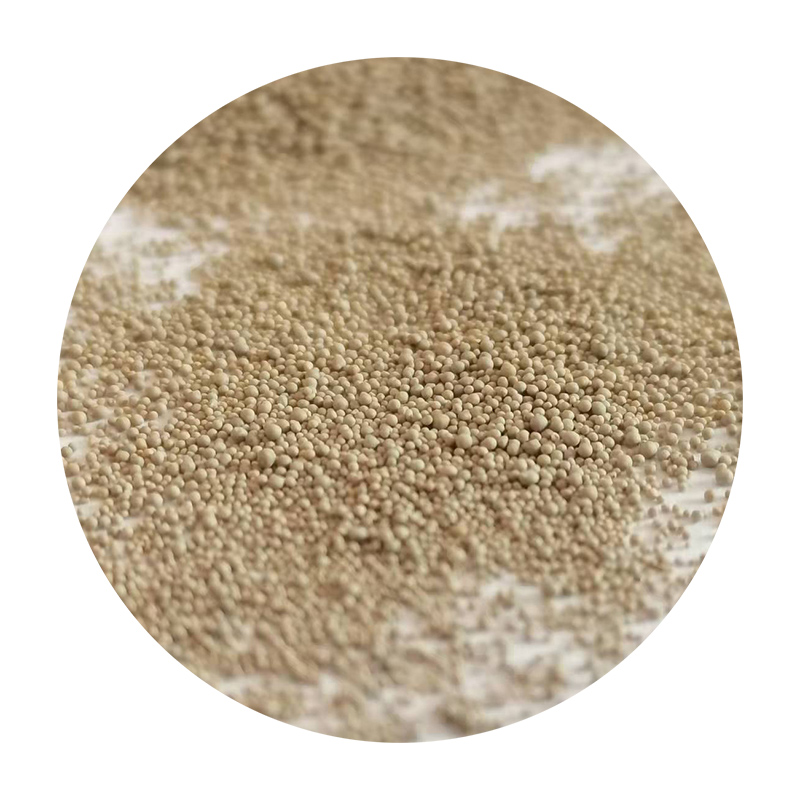Utilizing Sand in Resin A Creative Approach to Art and Design
The incorporation of sand into resin has gained popularity in various artistic and practical applications. Artists and designers are increasingly experimenting with this unique combination to create stunning pieces that combine the fluidity of resin with the natural texture of sand. This fusion not only enhances aesthetic appeal but also introduces a range of functional benefits, making it a compelling choice for many projects.
One of the most notable advantages of using sand in resin is the textural contrast that it provides. Fine or coarse sand can be mixed into resin to create varying effects — from subtle, sandy finishes to more dramatic, rugged surfaces. This versatility allows artists to achieve the desired tactile experience in their work. For instance, when creating ocean-themed pieces, sandy layers can replicate the look of a beach, making the artwork feel immersive and tangible. This technique is not just limited to art; it can also be applied in furniture design, where sand-infused resin tabletops can evoke a natural, earthy ambiance.
In addition to aesthetics, sand can enhance the durability and strength of resin creations. By incorporating sand, the final product may become less prone to damage from scratches and impacts, making it more practical for everyday use. This durability is particularly beneficial in outdoor furniture or installations, where exposure to the elements can take a toll on traditional materials. The combination of sand and resin creates a more robust solution that stands up to the challenges of outdoor environments.
using sand in resin

For those interested in creating their own sand and resin projects, the process is relatively simple, but it does require careful attention to detail. First, one needs to select the type of resin and sand that suits their vision. Clear epoxy resin is commonly used due to its impressive clarity and strength. The next step involves mixing the sand and resin in the appropriate ratio, ensuring that the consistency is just right for the intended application. It’s crucial to stir the mixture thoroughly to avoid any clumping, which could affect the final appearance.
After blending, the mixture can be poured into molds or applied to surfaces, allowing for creativity to flourish. However, it's important to allow for proper curing time to ensure that the resin hardens completely before handling the finished piece. The final results can be a testament to both the beauty of natural materials and the innovative spirit of modern design.
In conclusion, using sand in resin opens a world of possibilities for artists and designers. It not only enhances the aesthetic and tactile qualities of creations but also adds functional benefits that increase durability. As this trend continues to evolve, it promises to inspire a new wave of creativity in the realms of art and design, encouraging more makers to explore the fascinating relationship between organic and synthetic materials.
Post time:Samh . 18, 2024 21:42
Next:resin coated silica sand
